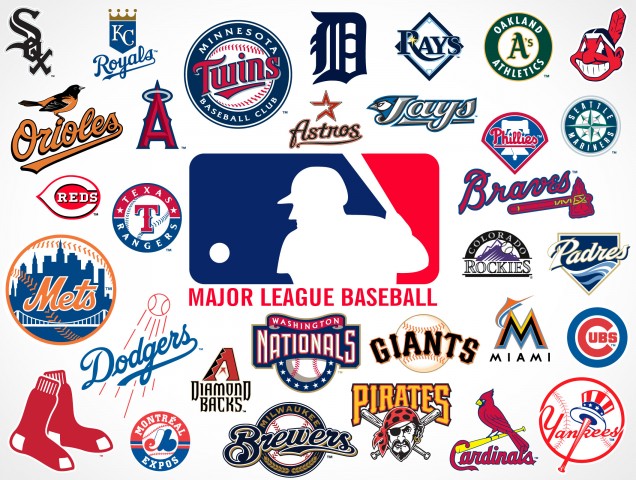SQL Sports Leagues Lab - Paired Programming
We are going to build a SQL database to help sports leagues keep track of of their teams and players. We also will be able to log games and keep track of scores. In this lab we will utilize all of the tools we learned in the previous lessons and labs. We will make tables for leagues, teams, players, and games, populate these tables with data and make the proper associations, and query from these tables to select interesting information.
Objectives
- Review creating tables, altering tables, inserting data, and querying from tables
- Become comfortable working with common data relationships "has many"/"belongs to" and "many-to-many"
- Write advanced
SELECTqueries usingJOINstatements and join tables
Part 1: Create Tables
Open SQLite broswer and create a new database
sports_leagues.db.
Build the tables that will make up our Sports Leagues database. Make sure the tables adhere to the following requirements:
leagueshave a name and "have many" teamsteamshave a name and "have many" playersplayershave a name and "belong to" a teamgameshave a date of the date datatype and a location. Each date is recorded in a string in the following format: "YYYY-MM-DD"teamshave many games andgamesare played by many teams. Since this relationship is "many-to-many", we will need a join table. Let's call this join tableteam_games, and it will have foreign keys to track team and game ids. These foreign keys are responsible for establishing the many-to-many relationship.team_gameswill also have a column called score that keeps track of that team's score for that particular game. The important point to remember here is that join tables can have columns that are not foreign keys.- All tables will have an auto-incrementing
PRIMARY KEYset to the integer data type
Part 2: Insert Data Into Tables
Once the tables are created, populate the database with data. Feel free to create fictional leagues, teams, and games. However, your tables should meet the following requirements. There should be:
- 2 leagues
- 4 teams total, with 2 teams in each league
- At least 1 player per team
- 3 total games, and teams are allowed to play teams from other leagues
- Lastly, we will need to log scores and the relevant team and game ids into the
team_gamesjoin table to build out the "many-to-many" relationship
Part 3: Updating Tables
Two players have decided to change their names. Fix the players table so that the first player's name (id = 1) is switched to "Metta World Peace" and the fourth player's name (id = 4) is changed to "Chad OchoCinco".
Part 4: Run Queries
select_name_of_player_with_shortest_name
select the team of the player with longest name
select all the players who have played at a certain location
Think of similar queries and execute them
NOTE: Check out the LENGTH function. Is there a sorting method we can use to sort the values returned by the LENGTH function?
Summary
In this lab we started out by creating tables. We made our tables so that they would have many-to-many, has-many, and belongs-to relationships, enabling us to query information related to records accross tables. We then practiced seeding our database with information on teams, players, and games. Next, we wrote SQL statements that updated records in our database with new names. Finally, we wrote more complex SQL statements that queried and returned information from our database.

